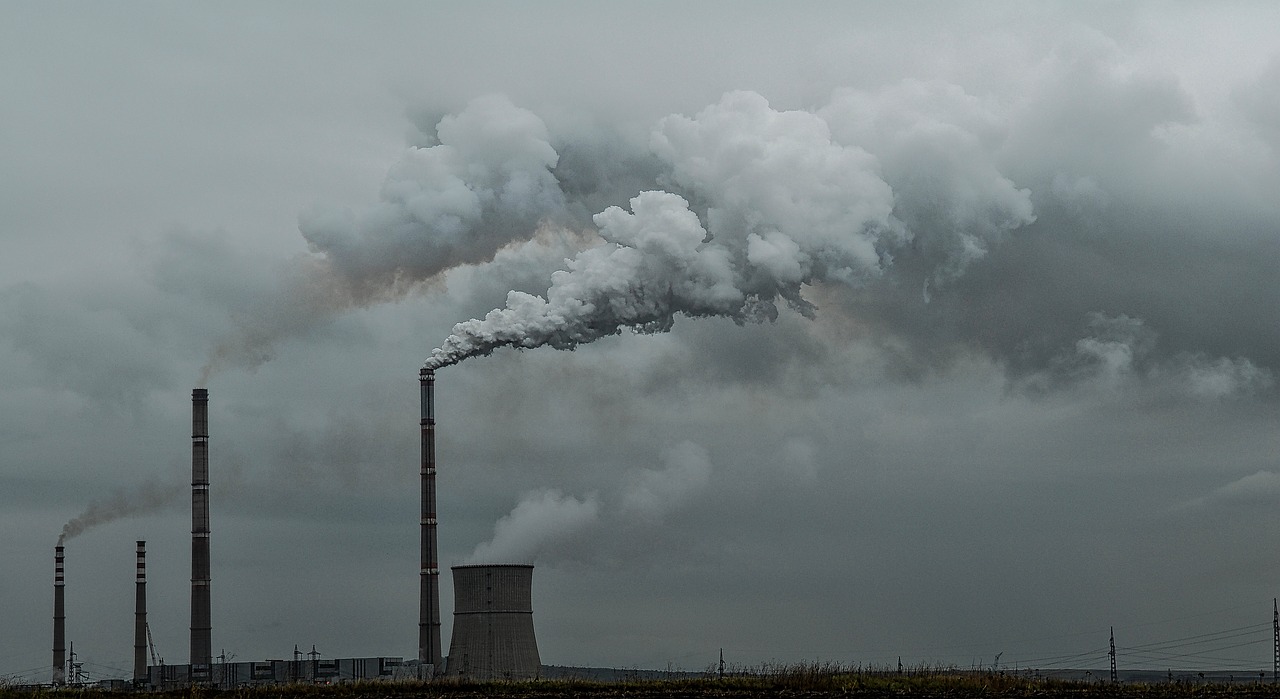The US Supreme Court heard oral arguments Monday in West Virginia v. Environmental Protection Agency, a major test of the agency’s authority to regulate greenhouse gas emissions.
The court had been asked to rule on 42 USC § 7411(d), an ancillary provision of the Clean Air Act, to decide how much rule-making power the EPA has to curb greenhouse gas emissions. But much of Monday’s two-hour discussion focused on whether the Supreme Court has jurisdiction to decide the case and whether the lower court’s decision violates the “major questions” doctrine—the idea that some issues are of such great importance that courts must assume Congress did not intend to delegate authority to agencies unless the statute is explicit.
In 2015 the Obama administration’s EPA adopted the Clean Power Plan (CPP), which was blocked by the Supreme Court. During the Trump administration, the EPA repealed the CPP, replacing it with the Affordable Clean Energy (ACE) Rule and sparking a new round of litigation. Last year the US Court of Appeals for the District of Columbia Circuit vacated the repeal of the CPP, vacated the ACE Rule, and sent the issue back to the EPA. The Supreme Court agreed to take up the case, while the Biden administration has announced plans to draft its own set of new regulations.
Monday’s argument focused on whether the Supreme Court has jurisdiction over the case since the DC Circuit Court’s decision is on hold while the Biden administration drafts a new rule. The states and coal companies argued that the court should proceed with a decision on the case. They also argued that the DC Circuit Court violated the “major questions” doctrine by interpreting section 7411 as giving the EPA greater regulatory power.
Monday’s arguments came the same day as the release of a major UN climate change report predicting disastrous consequences if immediate action is not taken to stop human-caused global warming. A decision in this case is expected by the end of June.


